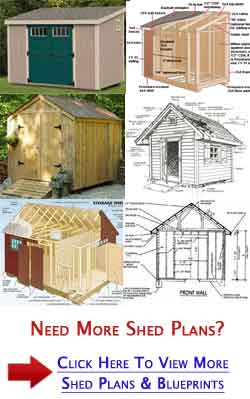

 hubvela.com ```html
hubvela.com ```html Introduction: Building a Simple Birdhouse
Want to attract feathered friends to your yard? Building a birdhouse is a fun and rewarding DIY project! This guide provides step-by-step instructions for creating a basic, functional birdhouse using readily available materials.
Materials You'll Need
- Wood: A single pine board (1x6 or 1x8, approximately 6 feet long)
- Saw: Hand saw, jigsaw, or circular saw
- Measuring Tape
- Pencil
- Drill: With various sized drill bits
- Screws or Nails
- Sandpaper
- Exterior Wood Glue
- Exterior Paint or Wood Stain (Optional)
Step 1: Cutting the Wood
First, measure and mark the following pieces from your board using the dimensions provided. It's okay to adjust these dimensions slightly to suit your preference and the width of your wood. Always double-check your measurements before cutting.
- Front: 6 inches wide x 8 inches high
- Back: 6 inches wide x 10 inches high
- Sides (2 pieces): 6 inches wide x 8 inches high (one end angled to match roof slope)
- Bottom: 6 inches wide x 6 inches deep
- Roof (2 pieces): 6 inches wide x 7 inches deep
Step 2: Drilling the Entrance Hole
On the front piece, measure and mark the center. The size of the entrance hole depends on the type of bird you want to attract. A 1 1/2-inch hole will attract larger birds, while a 1-inch hole is better for smaller birds. Drill the hole using the appropriate sized drill bit. Place the hole approximately 2 inches from the top of the front piece.
Step 3: Assembling the Birdhouse
Apply wood glue to the edges of the bottom piece. Attach the front, back, and side pieces to the bottom, forming a box. Secure the pieces with screws or nails. Ensure the sides are flush with the bottom. If using nails, consider pre-drilling small holes to prevent the wood from splitting.
Step 4: Attaching the Roof
Apply wood glue to the angled top edges of the side pieces and the top edges of the front and back pieces. Attach the roof pieces, ensuring they overhang slightly on the front and back. Secure the roof with screws or nails. Ensure the roof pieces meet snugly at the peak.
Step 5: Sanding and Finishing
Sand all the edges and surfaces of the birdhouse to remove any splinters or rough spots. This will make the birdhouse safer for birds and improve its overall appearance. At this stage, you can also fill any gaps or imperfections with wood filler.
Step 6: Painting or Staining (Optional)
Apply exterior paint or wood stain to the birdhouse to protect it from the elements and enhance its appearance. Choose colors that blend with the natural surroundings and are safe for birds. Avoid using dark colors, as they can overheat the birdhouse. Let the paint or stain dry completely before moving on to the next step. It's generally recommended to avoid painting the interior of the birdhouse.
Step 7: Adding Drainage Holes
Drill a few small drainage holes in the bottom of the birdhouse to allow rainwater to escape. This will help keep the birdhouse dry and prevent it from becoming a breeding ground for bacteria. Typically, 3-4 1/4 inch holes are sufficient.
Step 8: Hanging or Mounting the Birdhouse
Decide where you want to hang or mount your birdhouse. You can attach a hanger to the top of the birdhouse or mount it on a pole. Ensure the location is safe from predators such as cats. Avoid placing the birdhouse in direct sunlight or exposed to strong winds. A sheltered location is ideal.
Conclusion: Enjoy Your New Birdhouse
Congratulations! You have successfully built your own birdhouse. Now, find a suitable location, hang or mount it securely, and wait for the birds to move in. Enjoy watching your new feathered neighbors! Remember to clean out the birdhouse once a year, after the nesting season is over, to keep it healthy and inviting for future residents.
``` 10+ Advantages And Disadvantages Of Mobile Technology In Education
 hubvela.com
hubvela.com 10+ Advantages And Disadvantages Of Social Media In Business
 hubvela.com
hubvela.com 10+ Advantages And Disadvantages Of Technology In Workplace
 hubvela.com
hubvela.com


0 komentar:
Posting Komentar